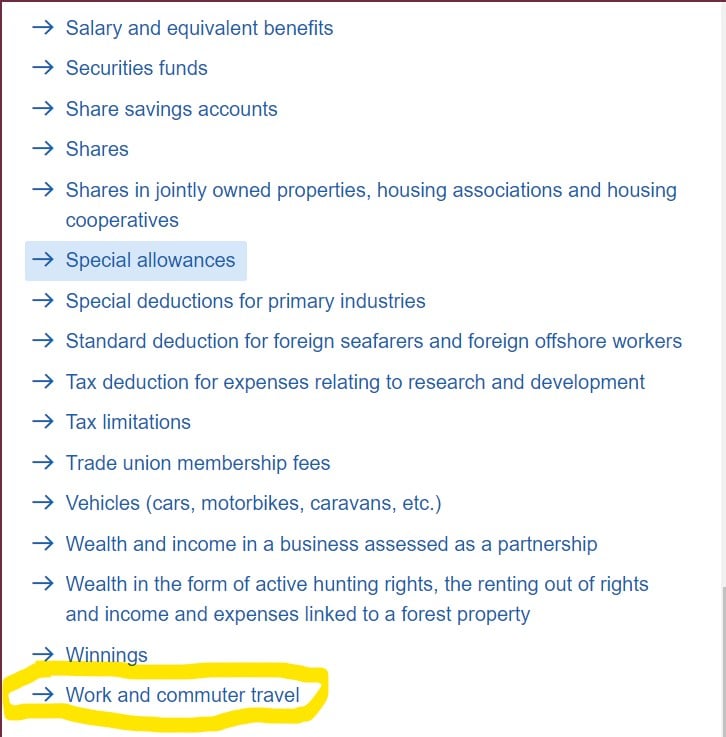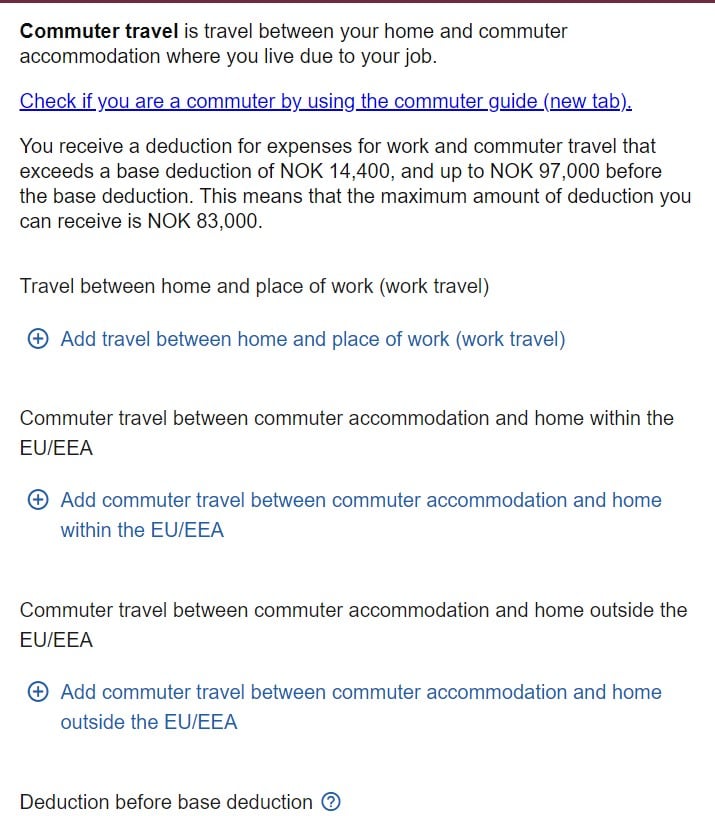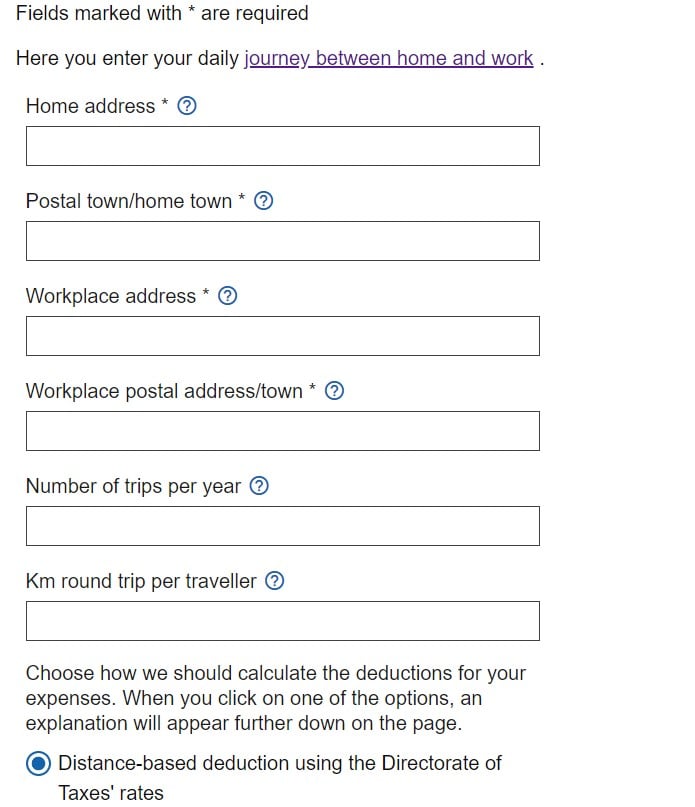Wikborg, a partner at Magnus Legal, spent six years at the Norwegian Ministry of Finance, where he witnessed the failed renegotiations with the US over solving the double taxation issues.
“They’ve been trying to negotiate that tax treaty for more than 20 years,” he said. “Somebody should take this seriously and go to the politicians in the US and say ‘you have to do something about this because it’s terrible for us’. Somebody has to put pressure on the politicians and say, ‘why don’t you please look closer to this problem and try to solve it in the tax treaty.'”
How is double taxation avoided in principle for US citizens in Norway?
It is not as if there are no measures to avoid double taxation between Norway and the US. In theory, if a part of your income is taxed in one country, you should be able to show that in your tax return and receive a tax credit to prevent you from paying tax twice on the full amount.
“Double taxation occurs if the same income is taxed by two countries at the same time. It may be avoided by one of the counties granting a tax credit for the other country’s tax,” Wikborg explains. “If the source is in Norway, Norway has the first right to tax, and US should then give a tax credit and vice versa if the source is in the US.”
For Americans resident in Norway, this will generally mean the Norwegian Tax Administration (Skatteetaten) has the first right to tax any income generated in Norway, such as salaries, while the US Internal Revenue Service (IRS) has the first right to income generated in the US, such as dividends or capital gains from shares in US companies.
If there is any tax remaining after the tax credit is factored in, that then goes to the other country.
“So if the US tax rate is 20 percent and Norwegian rate is 25 percent, you end up paying 20 percent to the US and 5 percent to Norway,” Wikborg explains.
So what’s the problem?
The problems arise when income – or, in Norway’s case, sometimes wealth – is tax-free in one of the countries but not in the other or when income is taxed annually in one country but only when realised in the other.
“If you are not careful, you can be effectively taxed twice,” Wikborg says, bringing “unpleasant surprises for US citizens living in Norway”.
US Individual Retirement Accounts or “IRAs”
Many US executives who move to Norway will already have a substantial nest egg — hundreds of thousands or even millions of dollars — saved up for their retirement.
This will most likely be in the form of tax-shielded Individual Retirement Accounts or “IRAs”. An IRA allows the holder to buy and sell shares and funds without paying capital gains tax annually on any profits, with tax only paid when the money is taken out, usually from the age of 59-and-a-half years old.
Norway’s tax authorities, however, treat gains made by selling shares within an IRA as capital gains taxable annually.
“The Norwegian tax office says, ‘no, the IRA is actually your money. So if you sell your Microsoft shares and get a gain, we tax you on that gain in the year you sell it’,” Wikborg explains. “And the tax rate here is about 38 percent on a current basis.”
Because the US tax has been deferred until the funds are withdrawn, you will receive no US tax credit to set off against the Norwegian tax.
To avoid this trap, before you move to Norway, you should transfer all of the assets in your IRAs into shares or funds that you can hold for the duration of your stay and which do not generate any dividend income.
“The solution is to lock it into something that doesn’t pay out dividends, and you then don’t touch it at all, because then there’s no tax payable to Norway ,” Wikborg says.
LLCs
Many US citizens coming to work in Norway will have a Limited Liability Company or LLC, either for a side business or as an investment vehicle. In the US, they can opt to treat the LLC as either “transparent”, meaning income made by the company each year is treated as part of their personal income, or “opaque”, meaning they, personally, are only taxed on income they withdraw from the company.
An LLC is always treated as opaque by the Norwegian tax authority, which means that if you treat it as transparent and pay tax annually in the US, without taking out the money from the LLC, there will be no tax liabilities in Norway against which to set a tax credit from the US payments.
Then, once you in a subsequent year withdraw money from the company, you will be faced with a taxable dividend in Norway with no credit from the US.
“If you treat the LLC transparent and don’t take out the money, you will end up paying tax in the US before the year you pay it in Norway,” Wikborg warns. “Then you may have a problem in getting tax credits in the year you take money out of the company.”
The solution to this issue is simply to treat your LLC as opaque while you reside in Norway.
Selling your residence in Norway
If you sell a house or flat in Norway that you have been living in for more than a year, you do not pay capital gains tax.. In the US, however, you are liable, although the IRS lets you exempt $250,000 in capital gains or $500,000 if married and filing jointly.
“$250,000 is a decent gain,” Wikborg concedes. “But it is not unusual to make higher gains than this because the value of property has increased tremendously in Norway over the last 10 to 15 years — it’s just been going up and up since 1993.”
Selling a ‘hytte’ or summer cabin
The hit can be even more significant for anyone who realises a gain on selling a hytte, or cabin in Norway.
“In Norway, this is tax-free if you have owned and used it for more than five years, whereas there’s no such tax exemption in the US.”
A solution to both of these problems is to transfer the property to a Norwegian spouse or child who is not liable for US tax before selling it. Renouncing US citizenship before selling can also be a solution for some.
Wealth tax
While the US taxes citizens’ income globally, regardless of where they are resident, Norway taxes the income and wealth of its tax residents, wherever this wealth is situated. This means that a US executive coming to Norway to work can find him or herself making an unexpected and sometimes significant payout.
The effective wealth tax rate in Norway has increased dramatically with the present government and the rate is currently up to 1.1 percent of the net value of a residents’ global assets on the 31st of December each year. That means for each $1 million in global net assets, you will have to pay $11,000 in Norwegian wealth tax every year.
“A lot of foreigners coming to Norway do not discover this before coming here. Some of them will then move out again quite fast. It’s not nice, but the fact is that they are following the example of many hundred rich Norwegians that has fled Norway the past couple of years” Wikborg states.
Real estate owned in the US is exempted from Norway’s wealth tax, but other significant assets, such as retirement savings and other investments, are not, even if held in an IRA.
Are you an American living in Norway? Please tell us about your tax issues using the form below.






 Please whitelist us to continue reading.
Please whitelist us to continue reading.
Member comments